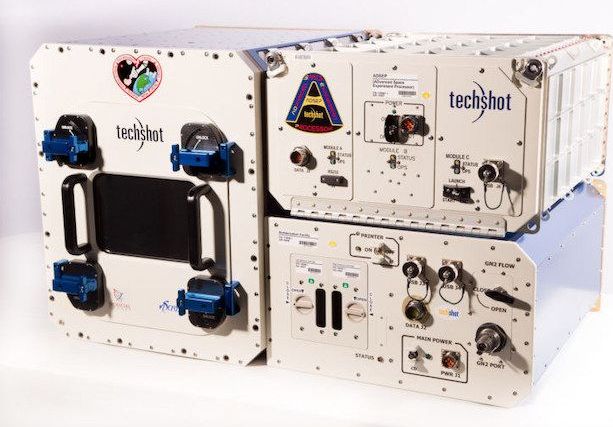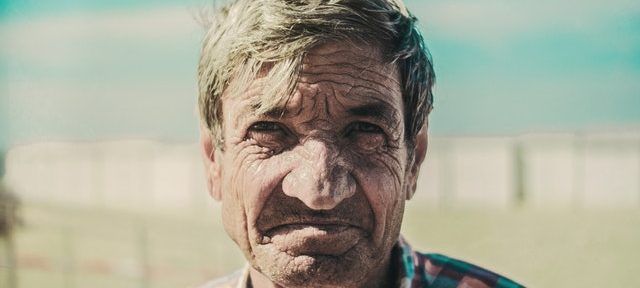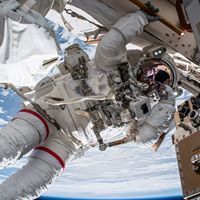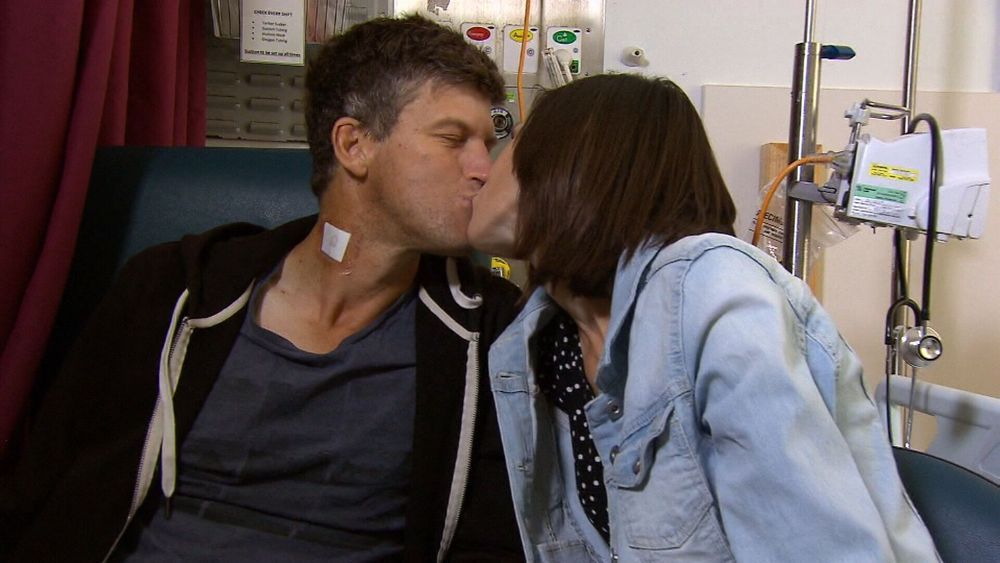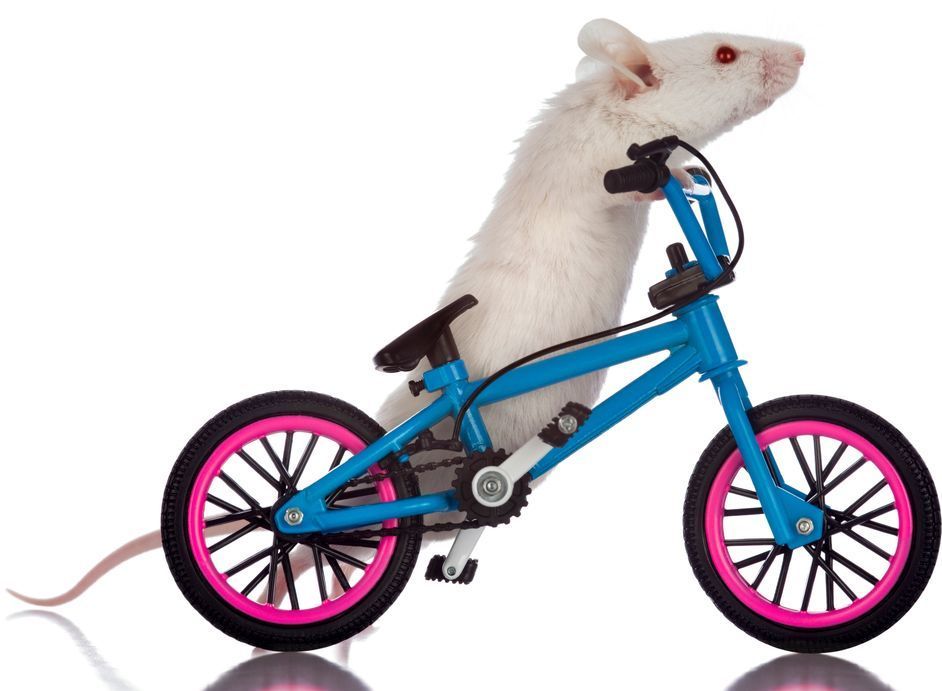
We are all aware of the health benefits of regular exercise, but what if we could reap the rewards of a good workout without any of the effort? Michigan Medicine researchers have found that a conserved class of proteins known as Sestrins can mimic many of the beneficial effects of exercise on metabolism in flies and mice, and boost their physical endurance. The findings could eventually help scientists to devise strategies that combat muscle wasting due to aging or disease. “These results indicate that Sestrin is a key integrating factor that drives the benefits of chronic exercise to metabolism and physical endurance … Sestrin may serve as a promising therapeutic molecule for obtaining exercise-like benefits such as improving mobility and metabolism,” commented the researchers, headed by Myungjin Kim, PhD, a research assistant professor in the department of molecular & integrative physiology, and first author of the team’s published paper in Nature Communications, which is titled, “Sestrins are evolutionarily conserved mediators of exercise benefits.”
As the percentage of older members in the population continues to increase, so do concerns about keeping an aging population healthy and mobile. In fact, elderly people put mobility as their biggest age-related concern, the authors stated. “Mobility is important both for direct health reasons (e.g., preventing falls, retaining access to relatives and health care providers) and for psychological reasons, as it is highly correlated with retained morale personal satisfaction and morale.”
One promising therapeutic intervention that can help to hold back age-related functional decline is endurance exercise, they noted. But endurance exercise isn’t suitable for everyone. While evidence in humans and other animals suggests that endurance exercise has substantially protective effects on measures of healthspan, not everyone can train to the level needed to achieve the resulting health benefits, perhaps due to age, injury, or illness. “Therefore, generation of therapeutic mimetics to induce the benefits of exercise could provide broad ranging benefits to the medical community,” the researchers suggested.

